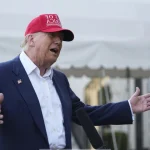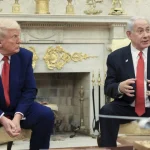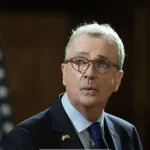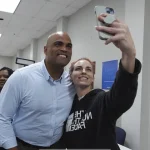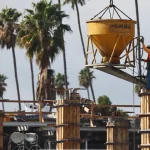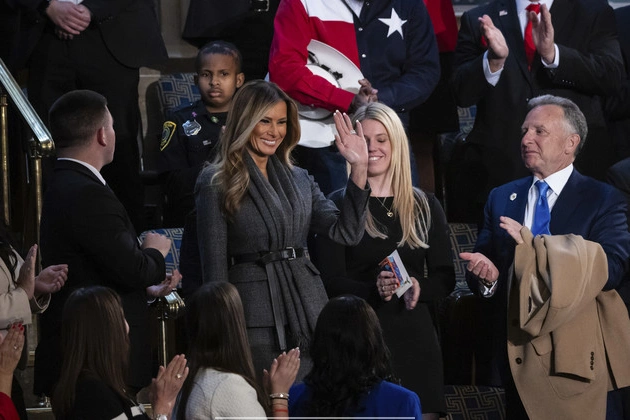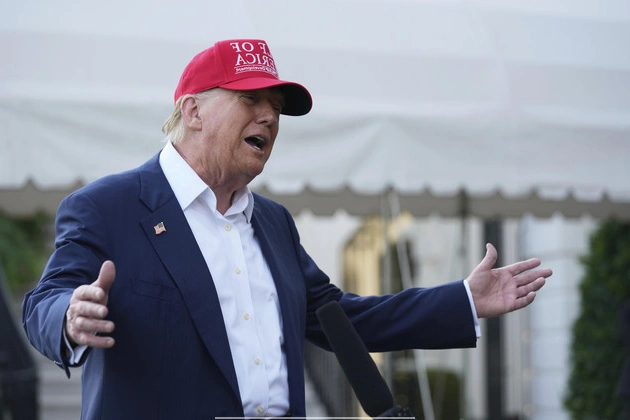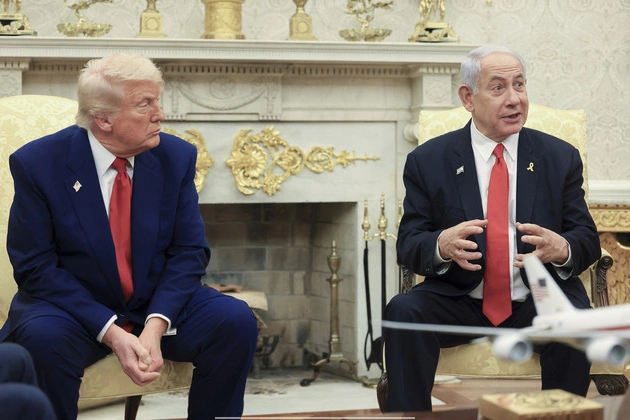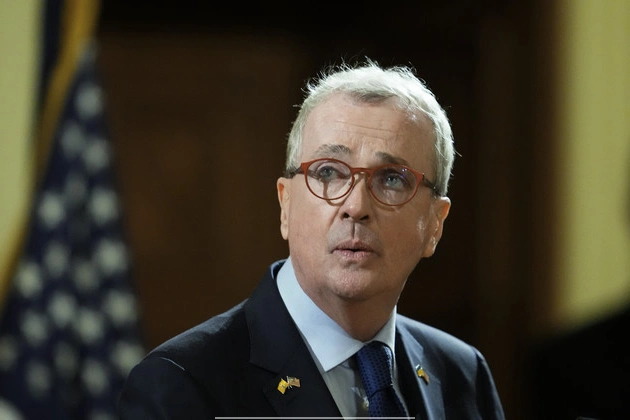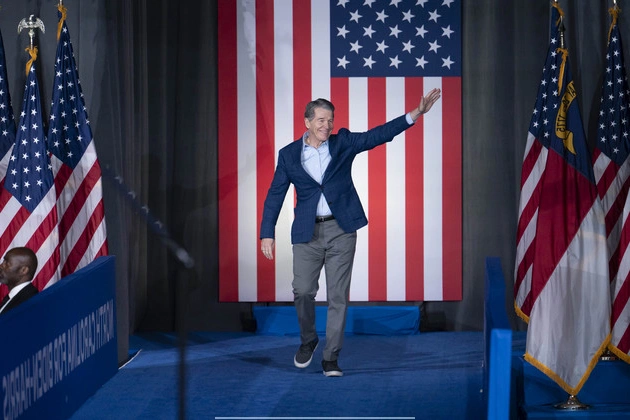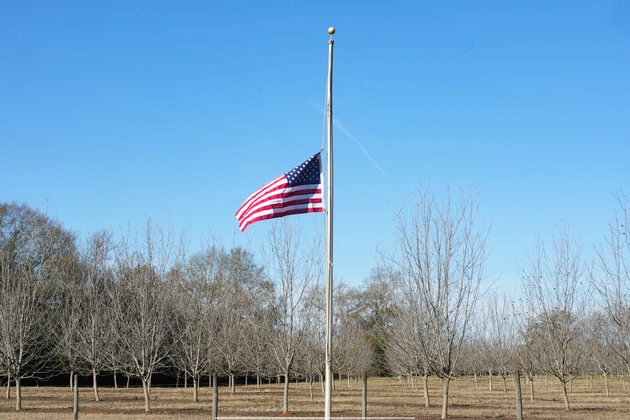
California and Colorado Join Red States in Raising Flags for Trump's Inauguration
California Governor Gavin Newsom and Colorado Governor Jared Polis have decided to raise their state flags to full-staff for Donald Trump’s second Inauguration Day, diverging from the half-staff tradition observed by other blue states.
Newsom’s move, mirroring Speaker Mike Johnson’s directive for full-staff flags at the U.S. Capitol, hints at a possible thaw in his strained relationship with the president-elect. The gesture also counters President Joe Biden’s order to keep flags at half-staff in honor of former President Jimmy Carter.
Symbolic Gestures of Unity
Newsom’s decision to raise the flags comes amidst escalating tensions with Trump, who criticized the governor for his handling of the wildfires in Los Angeles. Despite Trump’s accusations, Newsom’s office remains focused on firefighting efforts and has deflected political blame.
Similarly, Polis’ action reflects a willingness to engage with the incoming administration on certain issues while opposing others, such as Trump’s tariff proposals. The governors’ symbolic gestures may signal a desire for reconciliation and cooperation moving forward.
Political Dynamics Across States
While California and Colorado opt for full-staff flags, other blue states like Illinois, New Jersey, and New York continue to keep their flags at half-staff. Red states, including Texas and Florida, are set to raise their flags on Jan. 20, aligning with Trump’s supporters.
Georgia, Carter’s home state led by Republican Governor Brian Kemp, faces uncertainty regarding flag protocols, highlighting the political complexities surrounding this symbolic issue.
Newsom’s embrace of the new administration’s symbolism may serve as an olive branch to Trump, potentially paving the way for improved relations. Trump’s appreciation for ceremonial traditions suggests that gestures like raising flags can influence his perception of political allies and opponents.
The Significance of Flag Protocol
The decision to raise flags for Inauguration Day reflects a broader political narrative, with Republican governors echoing Johnson’s directive as a sign of respect for the ceremony. In contrast, Democrat-led states like California maintain their adherence to Biden’s half-staff order, underscoring the divide in political symbolism.
As Newsom leads the charge in embracing Trump’s ceremonial expectations, he sets a tone for potential collaboration in federal decision-making. The governors’ divergent responses to flag protocol illustrate the nuanced dynamics of political symbolism and interparty relations.
Looking ahead, Newsom’s gesture may shape the trajectory of his relationship with Trump, influencing future interactions and policy negotiations. By acknowledging Trump’s affinity for symbolic gestures, Newsom seeks to bridge political divides and foster a more constructive dialogue between the two leaders.
